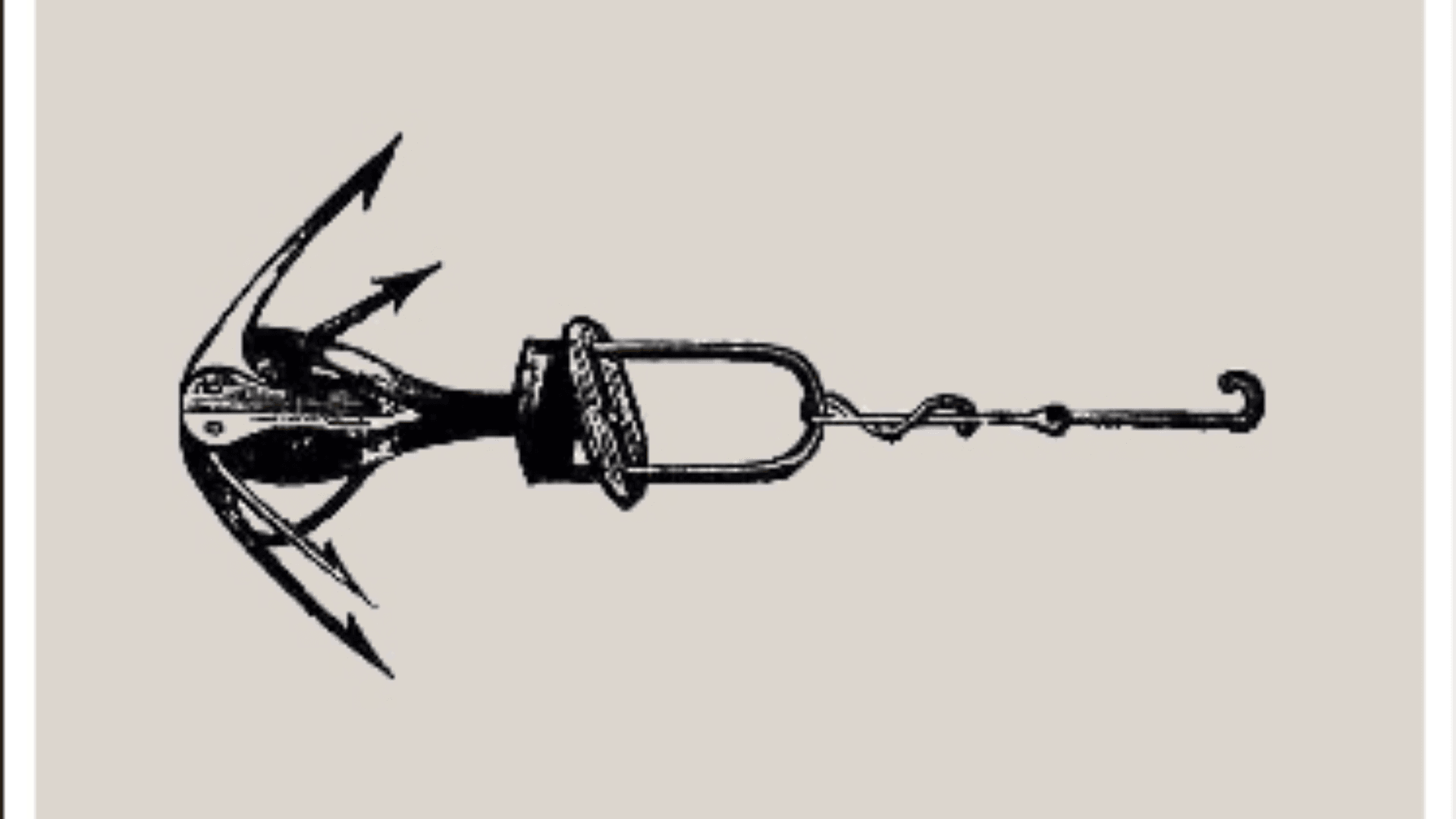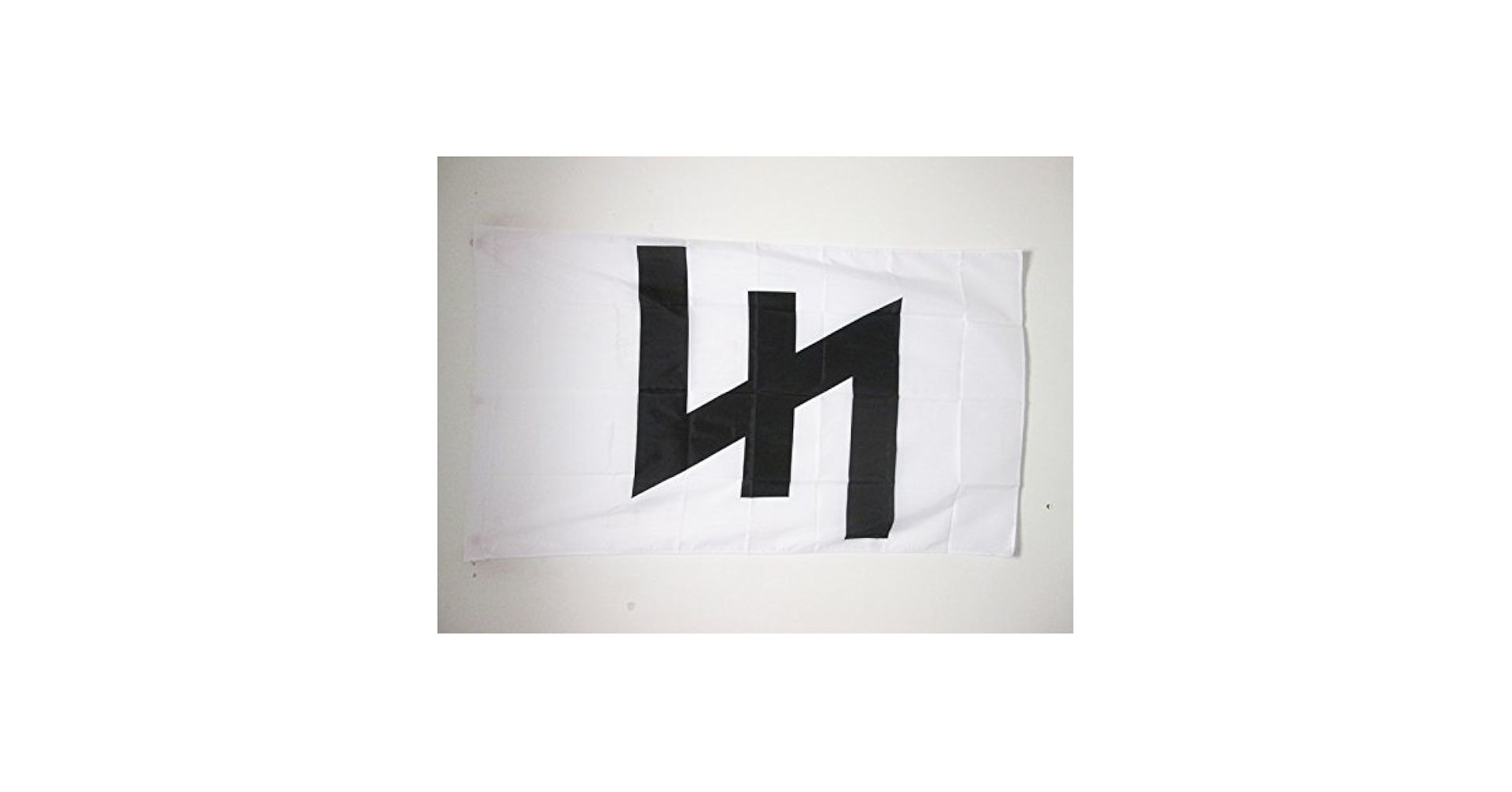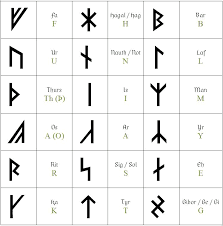The Wolfsangel: Disentangling History from Myth
Over the years, I have seen various claims being made that the Wolfsangel is an "ancient runic symbol". This has annoyed me, especially given its contemporary assosication with alt-right nationalist and right-wing movements.
The Wolfsangel (literally “wolf’s hook”) is a striking and often misunderstood symbol. Today it is widely circulated in discussions of Germanic symbols, sometimes falsely described as an ancient rune with pre-Christian religious significance. In reality, the Wolfsangel has a well-documented history as a medieval iron hunting tool and later as a heraldic emblem. Its supposed runic or pagan antiquity is a much later invention, born in the 19th–20th centuries and amplified by extremist appropriations in the modern era.
This article provides a clear, evidence-based overview of the Wolfsangel’s origins, its medieval and early modern uses, and why scholarly consensus firmly rejects the notion that it was ever an ancient rune.
What the Wolfsangel actually was (the material reality)

"Wolfsangel” literally means “wolf’s hook.” In historic usage it names an iron trap or a component of a trap used to catch wolves: a Z-shaped double hook (often with a ring or a crescent-shaped mounting bar) that was baited and hung from trees so that a wolf snapping at the bait would become trapped by its muzzle. As a physical object it’s attested in the late medieval and early modern material record and in hunting treatises and administrative records describing wolf-catching and forst practice.
Important archaeological evidence: excavations at medieval sites have recovered iron “wolf-hooks.” For example, excavations at the Falkenburg (Detmold) yielded more than 25 wolf-hooks in a 13th-century context (reported by the regional archaeology press and summarized in local/academic coverage). Similar finds have been reported elsewhere, and specialist studies cataloging actual wolf- and fox-hooks exist. In short: the Wolfsangel begins as an iron tool, not an alphabetic sign.
How it became a symbol (heraldry, seals, civic usage)
Because the shape is visually distinctive, stylized representations of the double-hook (and related forms such as a hooked crescent with a suspended Z-hook) entered heraldry, municipal seals, and coats-of-arms in the later Middle Ages and early modern period. You can see the device in numerous German and eastern French municipal/municipal-family arms and in seals. One often-cited medieval appearance is a late medieval seal/coats context (examples appear in local archives and heraldic surveys). Over time the device became a local or regional emblem (also used as a forst/forest mark in administrative contexts).
Two important points follow from this:
- The medieval/historic trajectory is: iron implement → stylized image → heraldic/municipal symbol (centuries, not millennia).
- The earliest documented appearances are medieval — not pre-Christian.
The claim that the Wolfsangel is an “ancient rune”: why that’s wrong

Two mutually reinforcing facts disprove the claim that the Wolfsangel is a historical Germanic rune:
- The runic corpus (Elder Futhark / Younger Futhark / Anglo-Saxon futhorc) is well-studied and catalogued; the Wolfsangel isn’t a member of those alphabets. The Elder Futhark (the oldest widely attested runic row, 2nd–8th c. CE) and its descendants are known from inscriptions and stones; rune names and forms are documented. No genuine early runic inscription or early medieval rune row includes an element that matches a Wolfsangel as a letter. Put simply: the historical runic alphabets contain specific rune-forms (ᚠ ᚢ ᚦ … etc.), and the Wolfsangel is not one of them.
- The “resemblance” argument has been conflated with later inventions. In the modern period (late 19th/early 20th century) nationalist and esoteric authors reinvented runes and proposed extra-runic signs. Most famously, Guido von List and other esotericists proposed the Armanen runes (a private, modern “futhark” invented in the 1900s) and associated invented rune names and meanings with various shapes. One of these modern pseudo-runes (often called the “gibor” or similar in Armanen/neo-runic systems) visually resembles the Z/Ƶ-form and was retroactively claimed to be “ancient.” That invention is modern — it’s not supported by historical runology. Scholars who trace the occult/Nazi appropriation make this clear: the Armanen runes are an esoteric modern construct, not an archaeological or epigraphic discovery.
Put bluntly: similarity of shape is not evidence of historical continuity; the weight of the evidence (archaeology, seals, medieval documents, the catalogued runic corpus) points the other way: Wolfsangel = medieval iron device / heraldic motif; alleged “runic” identity = modern invention.
Where the “runic myth” actually comes from (short history of the idea).

- 19th–early 20th century: romantic nationalism and esotericism revived interest in “Germanic” motifs; some occultists (notably Guido von List and those influenced by him) created and promoted a set of “Armanen” runes and attached ideological meaning to various marks. Those modern inventions were then picked up by nationalist groups. Good scholarly work traces this link between occult runic reinventions and later political appropriation.
- 20th century: during the Nazi era certain units and organizations adopted medieval or pseudo-medieval symbols (including various Z-shaped marks and the Wolfsangel in several unit badges and insignia). After World War II the Wolfsangel was reused by neo-Nazi and extremist groups in some countries; contemporary hate-symbol monitors list it for that reason. But again: the use by 20th-century groups doesn’t make it a historical rune; it shows a modern ideological re-reading of a medieval device.
What the Evidence Shows
- Archaeology: Wolfsangeln are found as iron hunting tools in medieval contexts (e.g., Falkenburg/Detmold, 13th c.).
- Heraldry: Stylized Wolfsangel symbols appear in coats of arms and seals in the late Middle Ages and early modern period.
- Runology: The Wolfsangel does not appear in the Elder Futhark, Younger Futhark, or Anglo-Saxon futhorc; no genuine runic inscription contains it.
- Modern Myth: Its alleged “runic” identity comes from modern esoteric invention (Armanen runes, Guido von List) and later political usage.
The simplest explanation is the best: the Wolfsangel is a medieval hunting tool turned heraldic device. Its supposed pagan antiquity is entirely unsupported by evidence.
Conclusion
The Wolfsangel is not an ancient rune. It is a medieval wolf-trap, later a heraldic symbol, and finally a modern political emblem. The absence of the Wolfsangel in the genuine runic corpus, combined with its clear archaeological and heraldic trajectory, proves that its “runic” reputation is a modern fiction.
To present the Wolfsangel as a pre-Christian Germanic rune is to propagate a historical falsehood. The evidence shows otherwise: it belongs not to the age of runestones and Heathen rites, but to the age of medieval hunting and heraldry.

Sources
- LWL-Archäologie für Westfalen, press releases and excavation reports (Falkenburg/Detmold wolf-hooks, 2021).
- Goodrick-Clarke, Nicholas. The Occult Roots of Nazism. New York University Press, 1992.
- Spurkland, Terje. Norwegian Runes and Runic Inscriptions. Boydell, 2005.
- Simek, Rudolf. Runes: A Handbook. Boydell, 2022.
- Anti-Defamation League (ADL). Hate Symbols Database: Wolfsangel.
- "Wolfsangel." Wikipedia, with cited references to heraldic and archaeological evidence.